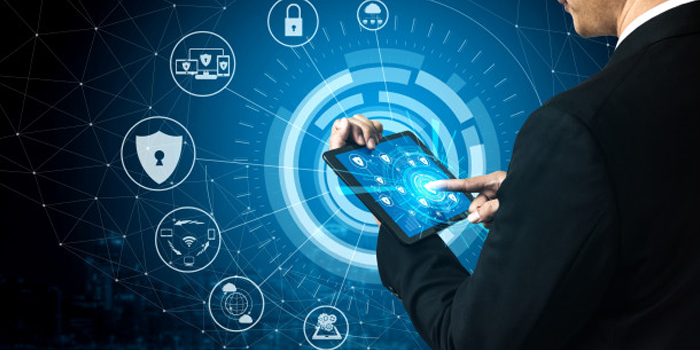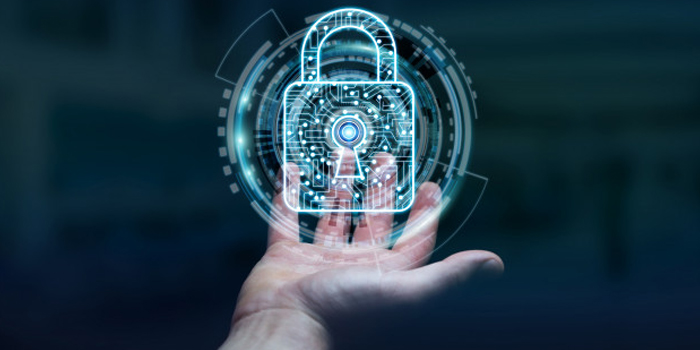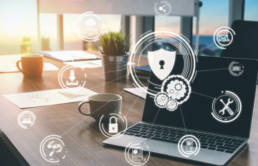COVID-19 has become the buzz word all over the world over the past few months.
With the coronavirus pandemic restricting people to their home, many enterprises are compelled to adopt a work-from-home policy for business continuity.
Around 88% of organizations have allowed or mandated their employees to work from home since the outbreak.
However, remote working brings its own unique set of cybersecurity challenges.
Employees who aren’t well-versed in cybersecurity practices are now working remotely, leaving organizations vulnerable to security breaches.

While the C-suite executives are focused on effective remote working, cybercriminals are taking advantage of the crisis.
Recently, Microsoft has detected a massive phishing campaign using 2,300 different web pages disguised as COVID-19 financial compensation information that led to a fake Office 365 sign-in page.
This has heightened the concerns for security leaders.
Around 61% of security leaders expressed greater concern about attacks targeting work from home employees.
Thus, the sudden shift to a remote workforce has drastically altered security leaders’ priorities, strategies and initiatives.
How is Remote Work Changing Security Leader Priorities?

1) More Vigilant Than Ever
As most of the employees, partners and clients are using shared Wi-Fi networks, there is a dramatic increase in the organization’s risk exposure. This has incited security leaders to increase vigilance and monitoring of emails, endpoints and networks.
Security and risk teams are more cautious about access to corporate applications that store corporate data.
2) Keeping Employee First
With employees working from home, there is a shift in employee login timings, working hours and behavior as they are supposed to balance work and life.
These drastic changes are likely to be the common link between the majority of security breaches.
So, the security leaders are striving to keep employees informed, motivated and confident in their roles to reduce insider threats. Now, the risk team’s main priority is to have visibility over how the organization’s behavior is shifting.
3) Managing Short-term Risk
With the workforce shifting to remote, the organizations have spiked usage of technologies and tools to drive collaboration across the business. With the sudden new network access capabilities and shift in usage behavior, the security teams are now re-evaluating their short-term priorities on par with the business goals.
4) Implementing Agile Security
The coronavirus pandemic has incited the organizations to make quick decisions to be resilient and responsive to the rapid shifts in business demands. Security leaders are leveraging this steep learning curve to reshuffle priorities and reconfigure security operations on par with the new Business As Usual (BAU) operations.
“We have seen this as an opportunity to learn from; identify how we work best as a team in high-pressure situations and document the processes we undertake to solve problems quickly,” says Daminda Kumara, Cybersecurity Head at Wesfarmers Industrial and Safety.
5) Preparing for Remote ‘Security’ in Long Term
The pandemic has mandated employees to practice BAU operations remotely. However, the remote working culture will undoubtedly increase even after the end of the epidemic. So, the security leaders are preparing to invest in improving security measures across remote capabilities.
In Conclusion

Adequate cybersecurity enables business growth, innovation and collaboration. So, security leaders have a crucial role in ensuring that the business will weather the uncertainty incited by COVID-19.
Meet your security requirements with StealthLabs secured strategy! Contact us today!

